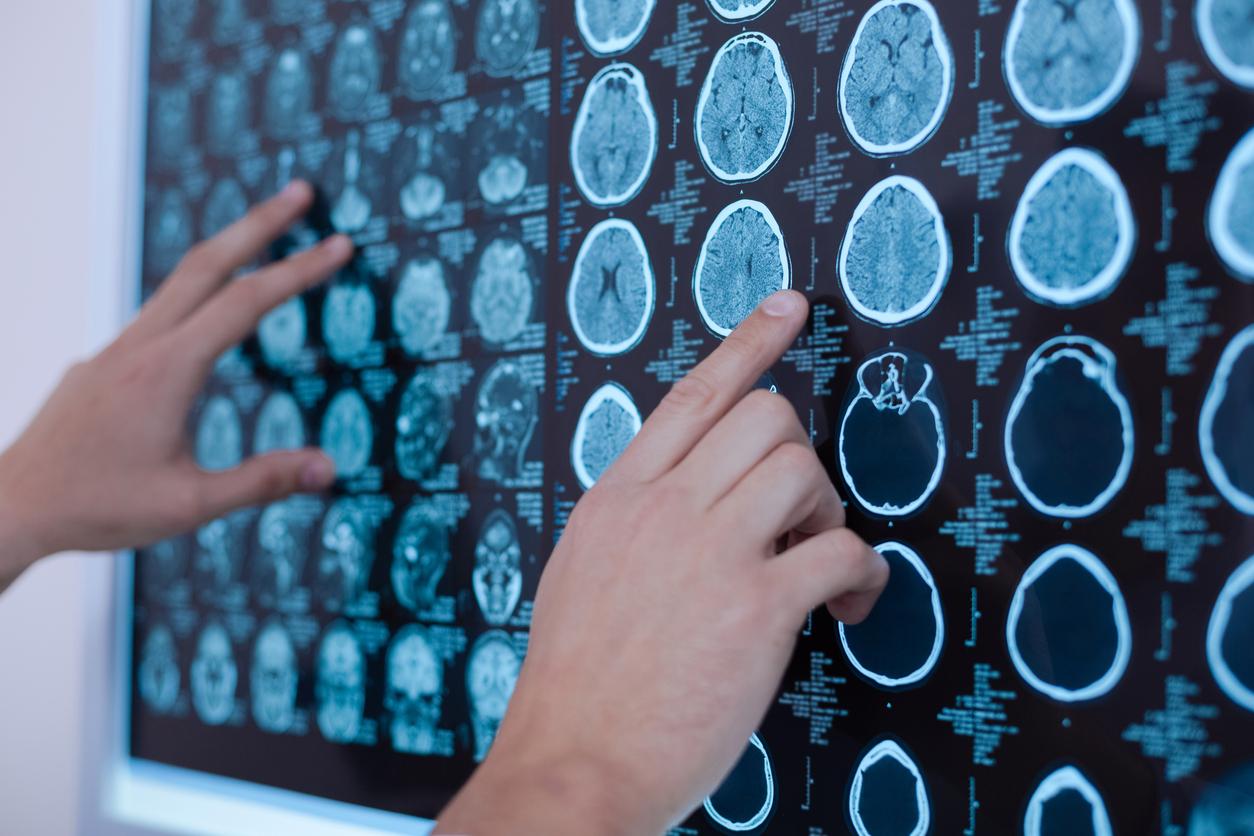A cellular mechanism linked to an area of the brain involved in decision-making and motor control could explain why some people develop obsessive-compulsive disorder.

- The factors explaining the onset of OCD are still poorly understood.
- Researchers explain that they are linked to a brain mechanism involving two types of cells.
- Their discoveries could lead to the development of new treatments.
Repetitive, irrational and irrepressible behaviors: obsessive-compulsive disorders are thus defined by Inserm. They often affect young people. But how to explain their appearance? According to UCLA researchers, OCD could be the consequence of a “brain switch”located in the striatum, a brain area involved in decision making and motor control. This mechanism would be linked to two specific types of cells: neurons and astrocytes. The work of this team is published in the journal Nature.
OCD: two types of brain cells are involved
“Our research revealed a new cellular mechanism, which involves not only neurons, which we already knew, but also astrocytes“, explains the main author of this work, Baljit Khakh, professor of physiology and neurobiology at the David Geffen School of Medicine at UCLA. These are cells present in the central nervous system and related to neurons. The researchers isolated, then observed, brain proteins through neurons and astrocytes in the striatum.When they compared the proteins found in neurons and astrocytes, they found that both contained an OCD-associated protein known as SAPAP3 .
Brain of new therapies to treat OCD?
Next, they tested their findings by reinserting the SAPAP3 protein into neurons and astrocytes of mice that had been genetically modified to lack the gene that makes them. They found that the two cell types interacted differently when measuring the protein’s effects on compulsion and anxiety, two hallmarks of OCD. “The mice no longer groomed compulsively after the SAPAP3 protein was sent back to astrocytes and neurons, suggesting that both cell types could be valid targets for treatments aimed at curbing the compulsion.” they explain. But they noticed that the two cells are interdependent.
According to them, this means that therapies should target astrocytes and neurons. “These are the two main types of cells, one does not work without the otheradds Joselyn Soto, co-author of the study. We really wanted to understand how these multicellular interactions within this region of the brain give rise to these complex behaviors, including compulsion and anxiety..” Future research will be devoted to understanding the interactions between these two types of cells and could make it possible to create new therapies against OCD.Health Insurancecurrent treatments are based on two elements: taking antidepressants and psychotherapy.
















